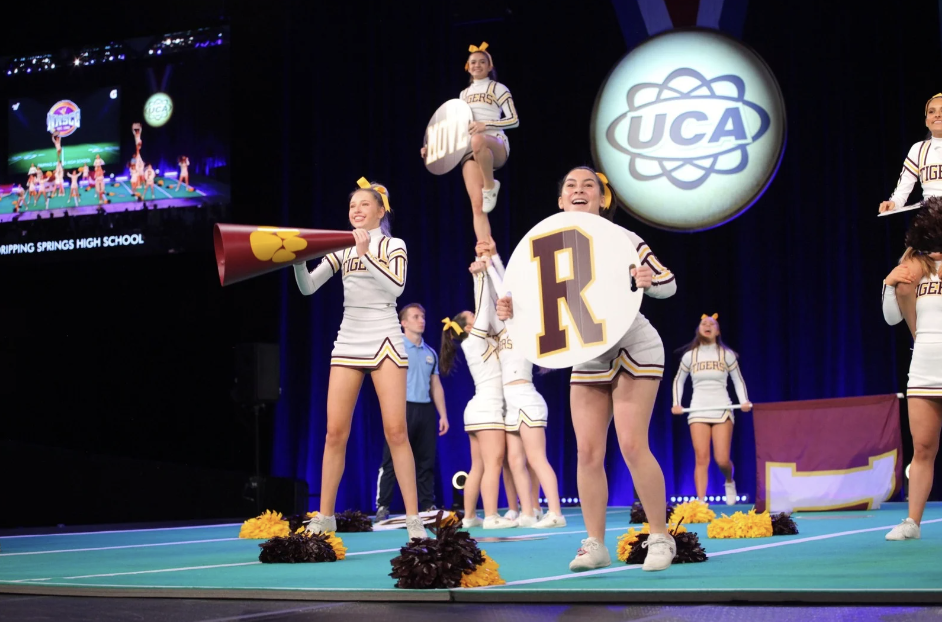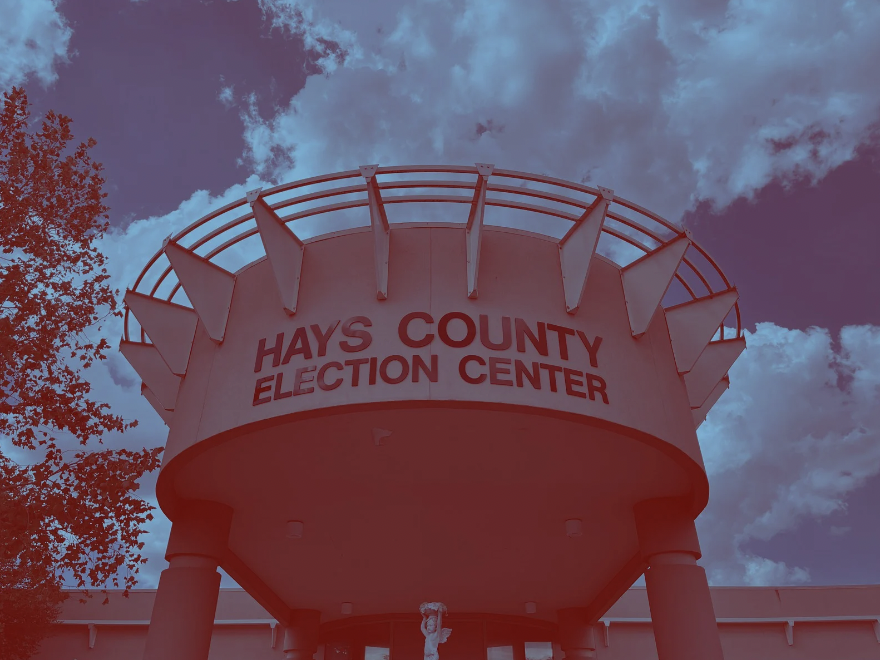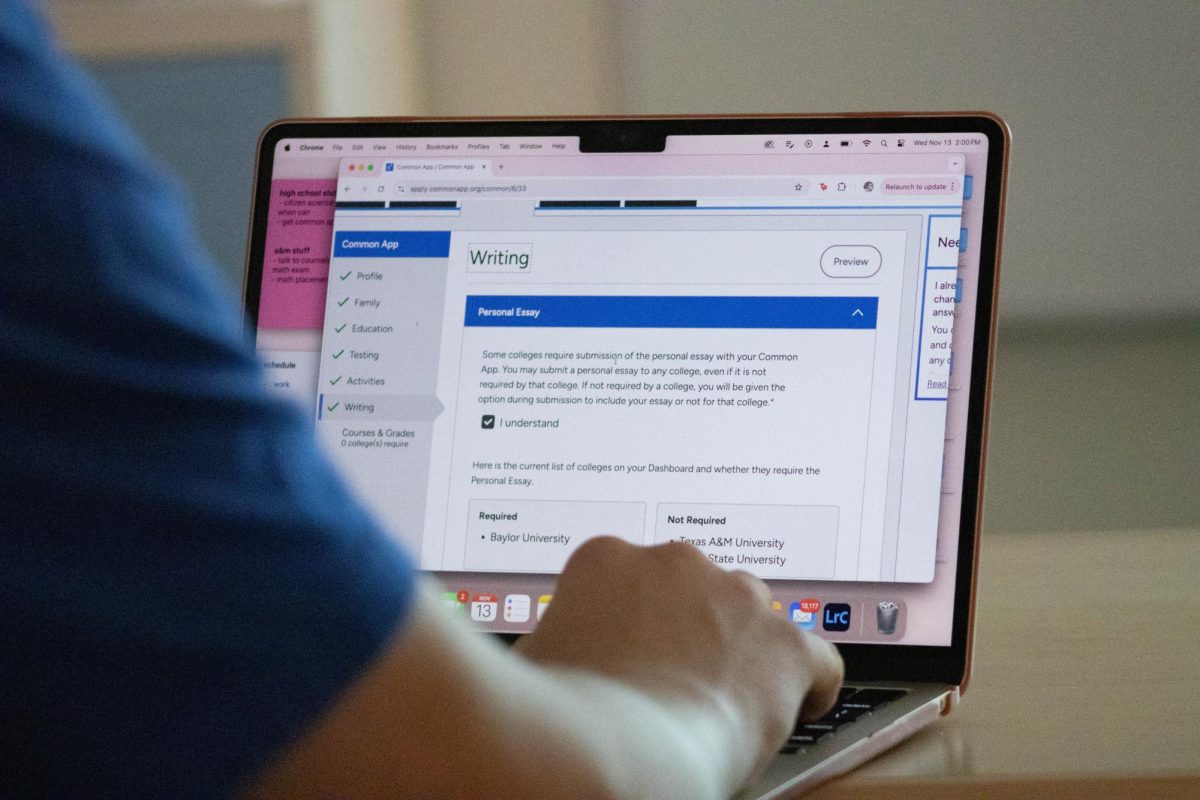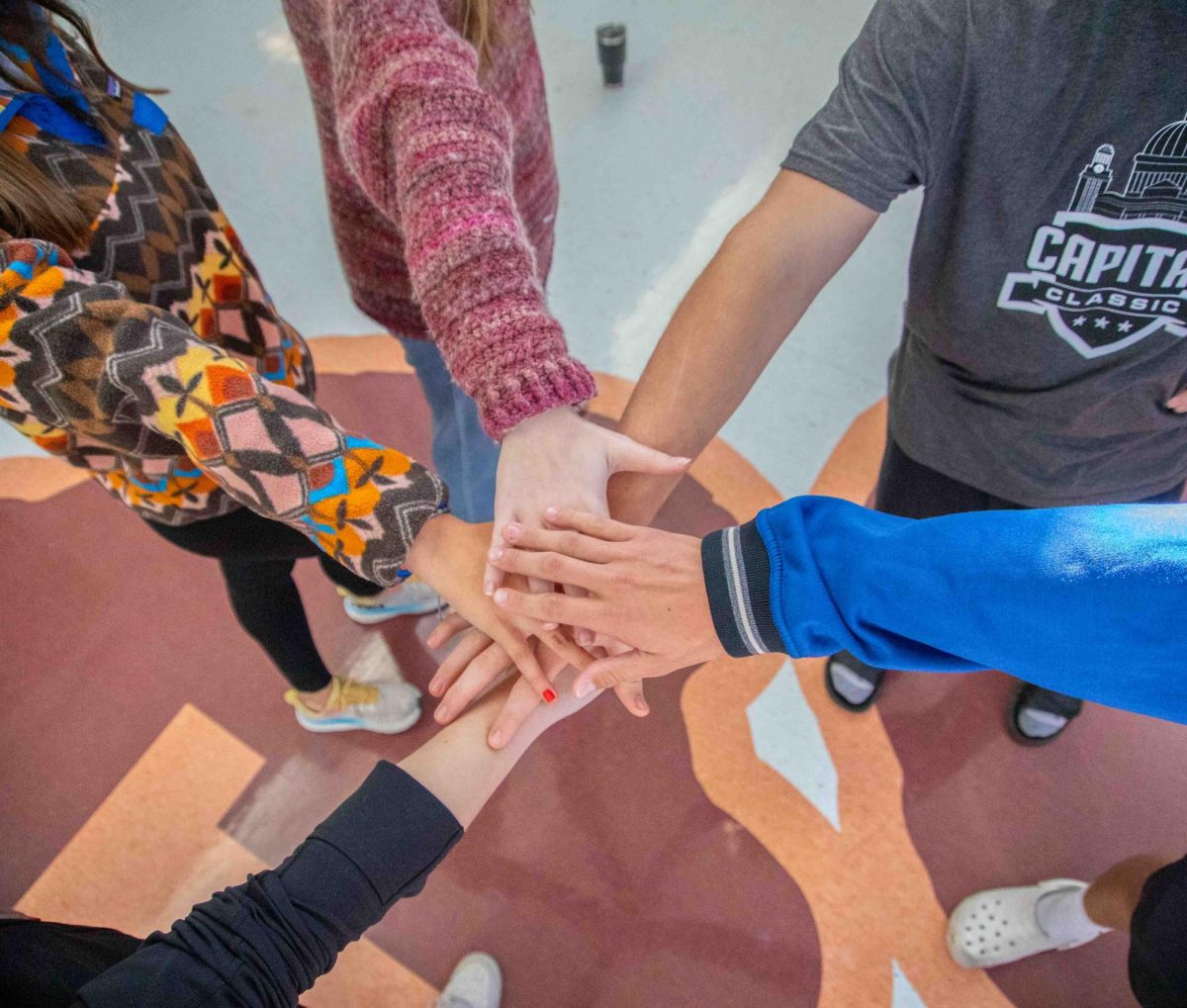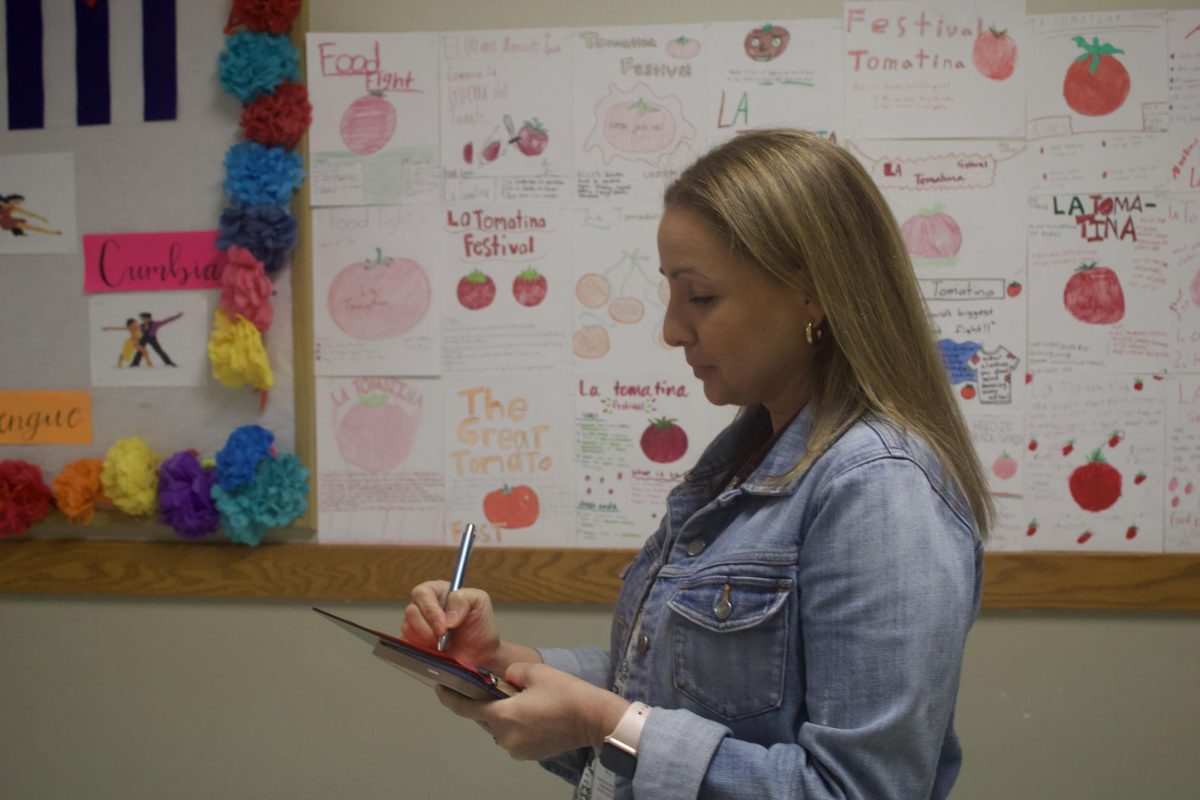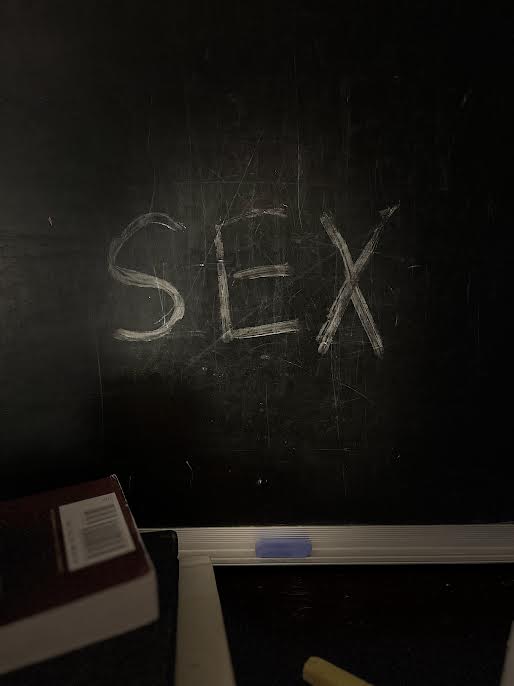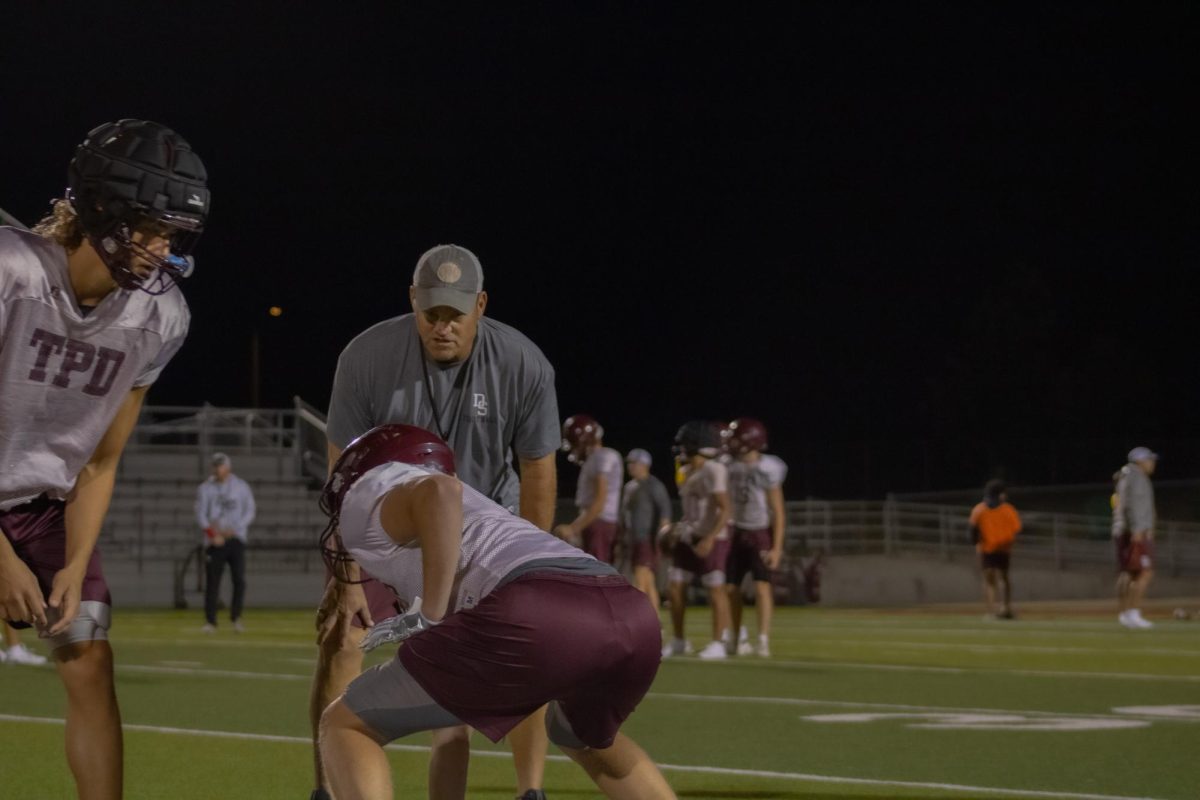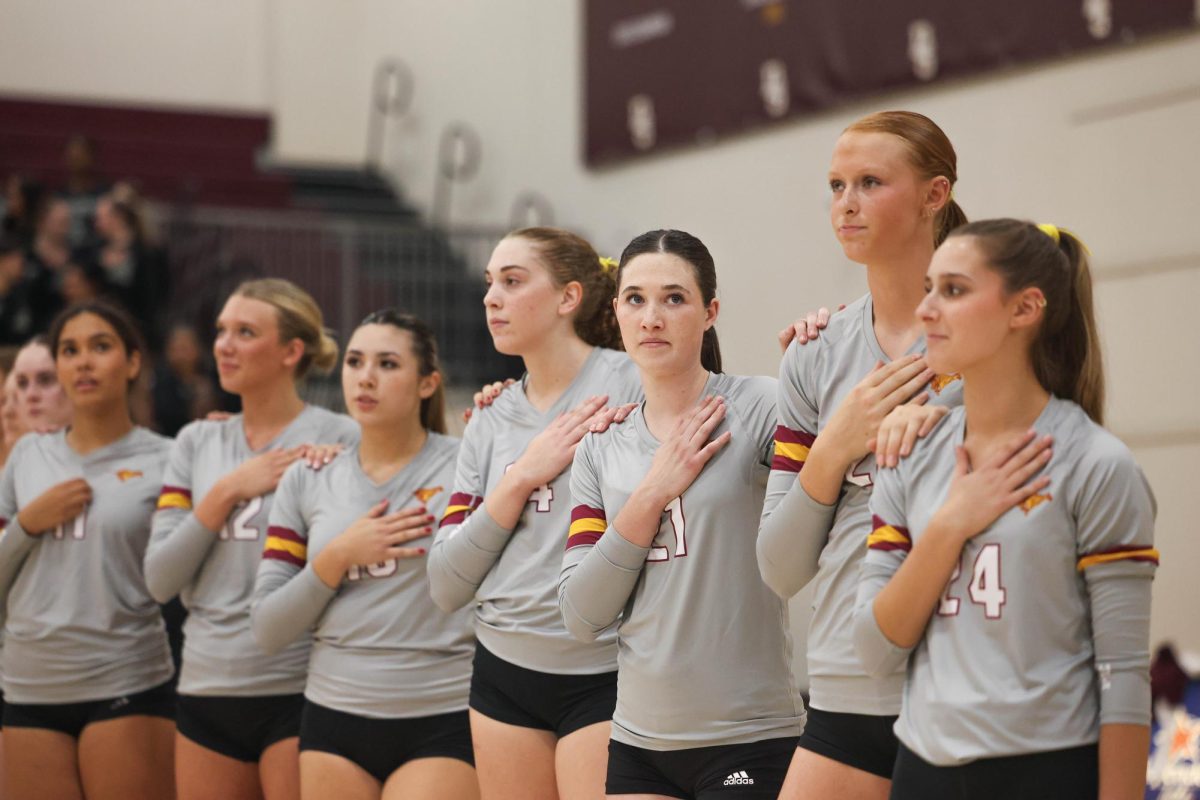The term ‘mansplaining,’ defined exactly as it sounds, is derived from famous American writer and activist Rebecca Solnit’s ‘Men Explain Things to Me,’ a collection of feminist essays describing men’s tendencies to overlook the intelligence of women in society and the general bigotry that intersects with that. Recently, another similar term has begun circulating on social media: ‘girlsplaining.’ Rather than condemning a certain way women explain things, it has an entirely new meaning: to deconstruct politically complicated issues into silly anecdotes— anecdotes that often reduce these serious issues into a conjunction of “girly” buzzwords. A well-known example of this comes from a TikTok posted by creator @nikitadumptrunk, in which she presents the events of the Israel-Hamas war in the simple terms of high school drama, all while adorned in a hot-pink-ultra-feminine aesthetic.
Content such as the aforementioned TikTok has become all too popular on social media, and the concept of “girlsplaining” is defended as being a method for women to reclaim the negative stereotypes placed upon them and build a community based on this. Many posit that by whittling these topics down, dense information is made more accessible to a wider audience, but the effect of this is more akin to making real-world oppression and tragedy more entertaining to learn about. In America, we have access to boundless information; therefore, it’s our job to properly inform ourselves on international issues in an effort to combat the plethora of misinformation plagued within our media outlets. The idea that it’s acceptable to limit our knowledge on a subject to a 30-second TikTok video, given the availability of resources that others may have withheld, is irresponsible.
Furthermore, trends like “girlsplaining,” inadvertently hinder progress made by women around the world still fighting for basic human rights and education. Regardless of what the intent is behind further circulating this term, it legitimizes these pre-existing stereotypes and damaging prejudices already embedded within our society. By affirming these ideas, it ultimately reflects negatively on women individually and proves detrimental to the womens’ rights movement as a whole. There is an inherent misogyny behind this trend that cannot be masked through one’s gender identity. No, it’s not ‘empowering’ to reduce women’s vocabulary to that of a child’s: it is regressive and further undermines women’s intellectual capabilities. It is not our job to reclaim a baseless stereotype that should not have existed in the first place.
As previously mentioned, it would be inaccurate to say that simplifying these complicated topics does not allow for easily accessible information. “Girlsplaining” can help people gain a general understanding of the conflict at hand, and encourage them to further educate themselves with more reputable sources. However, it all boils down to the way the information is presented, and for what the trend is trying to accomplish, it is unnecessarily aestheticized and tone deaf.
As a collective, we should not normalize trends like “girlsplaining.” True feminism does not encourage women to suppress our wit in order to avoid feeling objectified by men. We should continue to work on welcoming our feminine inquisition and intellectualism to foster an environment that values a woman’s knowledge just as much as our society values a man’s.



